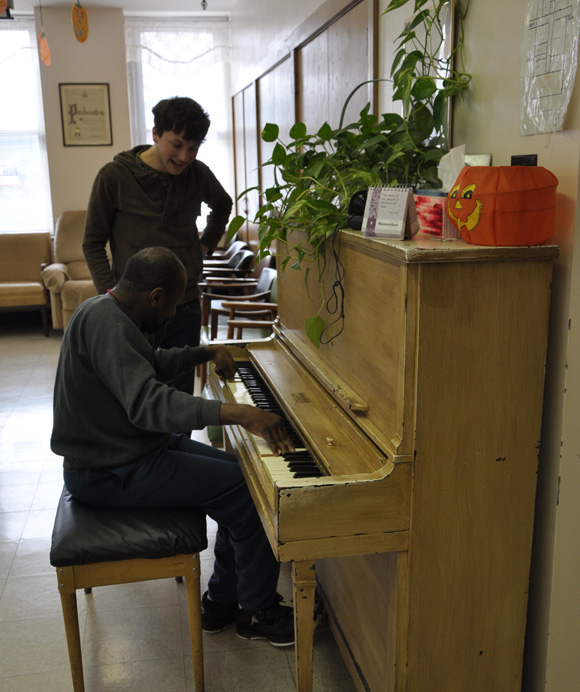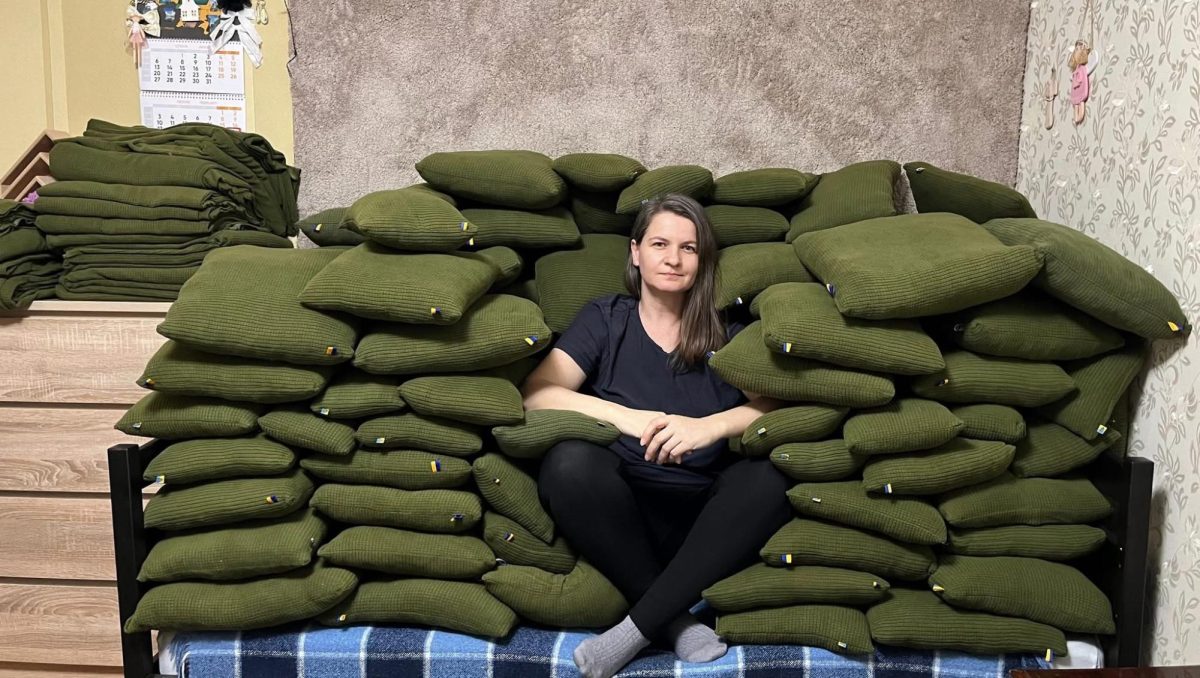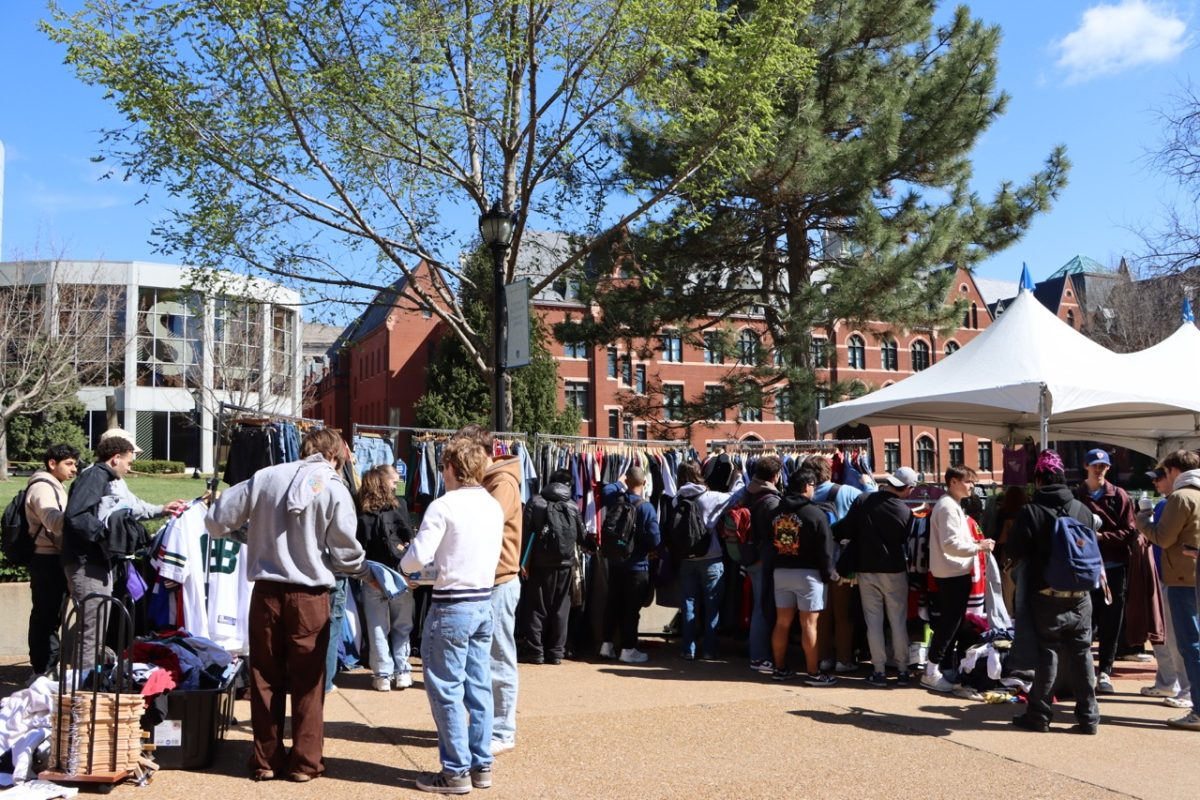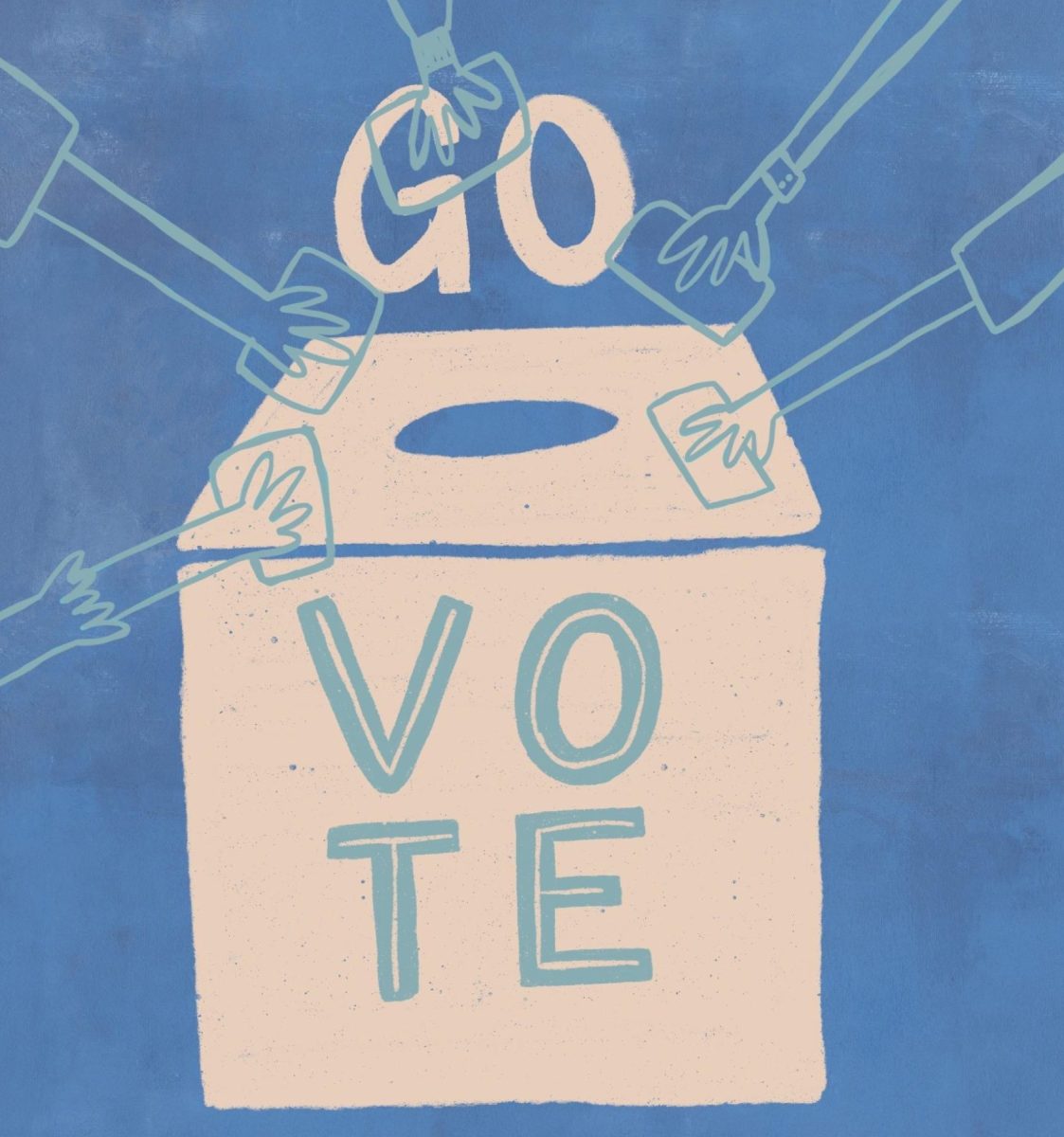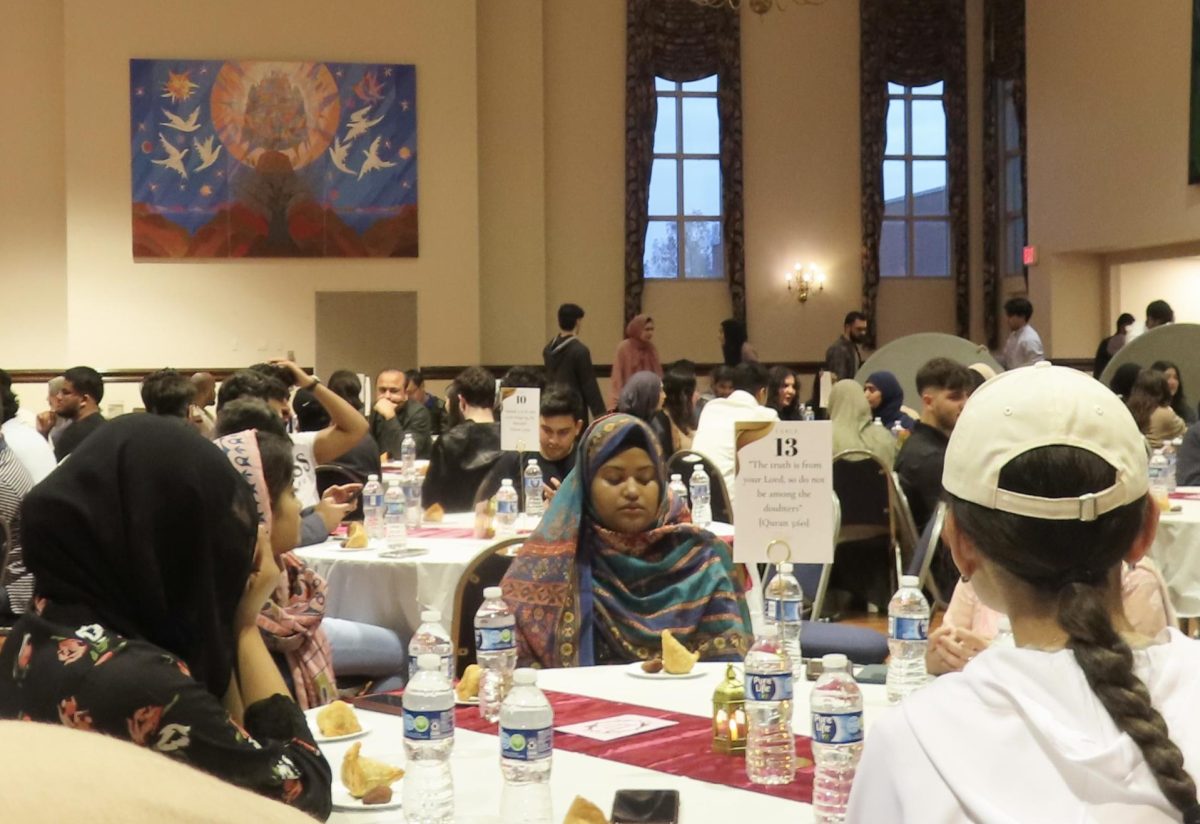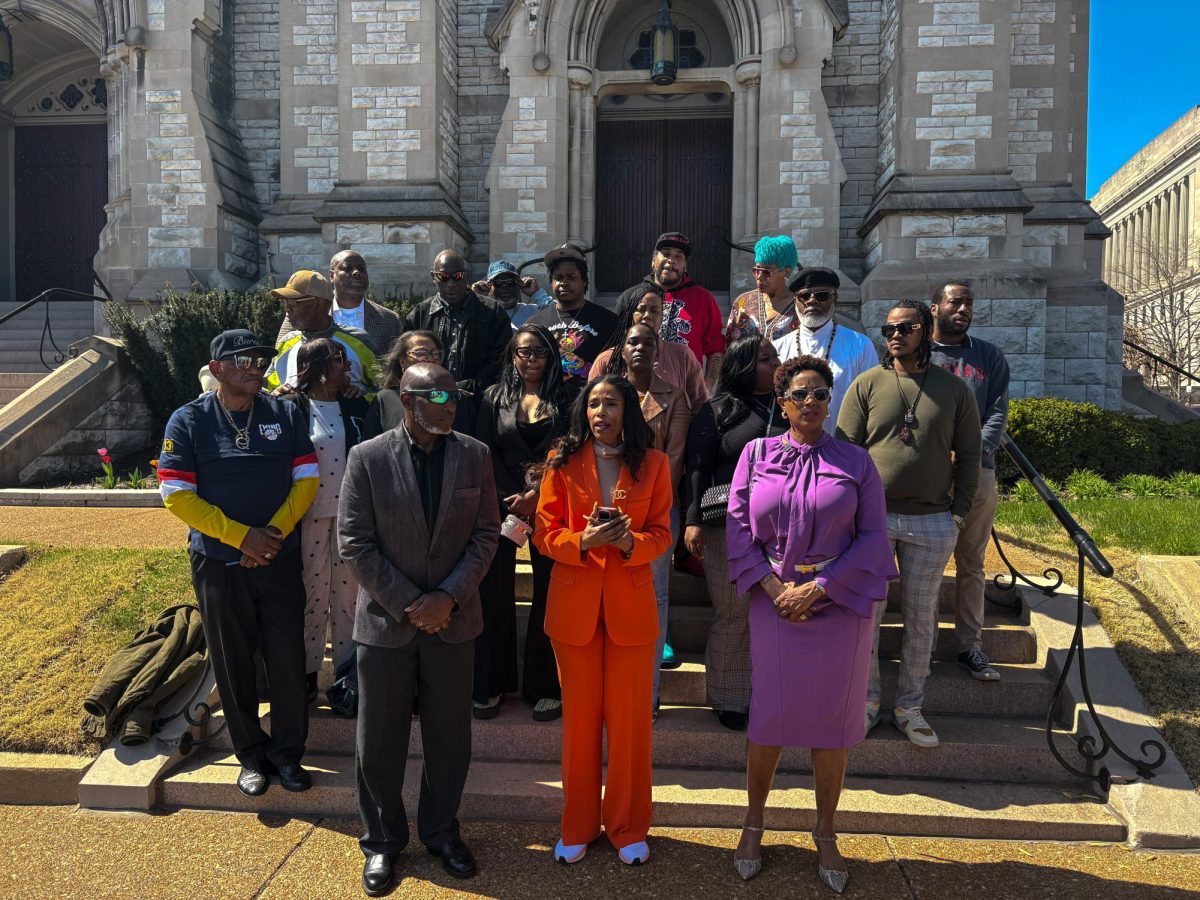Fifteen years ago, professor Michael Garanzini, S.J., said he was concerned that students were more apathetic toward intellectual issues than students of his college generation. In an effort to motivate them to learn and discuss intellectually, Garanzini created the Micah Program at Saint Louis University, a program in which students take classes, live and serve together.
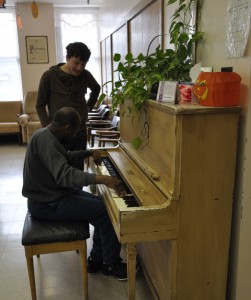
Though Garanzini has since left SLU to become president of Loyola University Chicago, the Jesuit mission has remained the foundation for the Micah Program, forming the four pillars of service, learning, faith and community, according to the Micah Program’s website.
“The program has changed a lot, but has never lost the core of Father Garanzini’s vision,” Donald Stump, a professor in the English department and the current director of the Micah Program, said.
When the program started, Micah students took classes in the four subject areas of philosophy, theology, psychology and English. Stump designed a writing class that served as an outlet for students to reflect on their service experiences.
Today there are 36 different majors represented in the Micah Program and more than 200 members. Students are required to take philosophy and theology classes during the fall semester of their freshman year with fellow “Micahs.”
In the spring semester of their freshman year, the students are required to take an additional core course together that incorporates the vision of the Micah Program. Ian Paetow, a sophomore Micah student, said that the program’s class style has given him a positive experience.
“I remember during my freshman year we would all attend class together, in which we would have honest, heartfelt conversations about what we were each doing at our service sites,” Paetow said. “It was service learning in its purest form.”
Students participate in 30 hours of service throughout the semester, and have weekly reflection groups where discussion is lead by fellow members not only about their service experiences, but also students’ lives in general.
The Micah program involves its students with organizations close to campus that are engaged in long term efforts to change the cycle of poverty.
In addition to working with service sites, the Micah Program has also adopted the Historic Shaw neighborhood just South of the medical campus, where 25 percent of the community members live in poverty. Students became very involved with the neighborhood and went so far as publishing an online book, Students and the City:Essays from Saint Louis University’s Micah Program on the Revitalization of the Historic Shaw Neighborhood, featured on the Micah Program website. The book seeks to educate others on the cycle of poverty that is present in the Shaw.
“Everything I know about the neighborhood I learned from the students,” Stump said. “I fell in love with the Shaw community because the students found so many interesting things about the neighborhood and the poor people that live there, so much so that I moved there.”
The Micah Program’s affiliation with the Shaw community not only benefits the members of the neighborhood, but the students working with the community as well.
“We wanted to help students learn, so that when they go on to be doctors, teachers, social workers, what have you, they will have an understanding of how the neighborhoods of poverty work, and be able to incorporate that knowledge into their occupation,” Stump said.
A favorite project in the Micah Program is the annual Halloween party held at Sherman Elementary School, with more than 250 children attending each year.
“We have games, music, crafts, costumes and, of course, candy,” Paetow said. “It is truly a heartwarming experience to watch as a young, costume-clad partygoer succeeds at a game and lights up with excitement as they get to pick a piece of candy from the bowl.”
Another Micah Program favorite is the gift wrapping party during the winter holidays. Students adopt families in the Shaw community and collect money to buy presents for them. Once the presents are bought, all Micah students come together and share a chili dinner and give back by wrapping gifts for the children in the families.
Scott Hessel, a junior and Micah student, said the program is a hodgepodge of people united under love for humanity.
Hessel said that the program remains nondenominational with a collection of people who are unified under a passion for social justice and making the world a better place.
“People who are not Micahs should know that they always welcome to be a part of it,” Hessell said. “It is more than just a learning community. It is one that really strives for the community feel and, in order to be a good community, you can’t exclude people.”
Hessel said he wanted to abolish the stereotype that Micah is a “cult,” although he said several students on campus view it that way. Members of the Micah Program include friends of members in the community, referring to them as “Ficahs.”
“My experience being a Micah has formed who I am and who I want to become,” Paetow said. “For me, it means committing myself to service and to learning and striving each day to live out my faith in my actions.”




